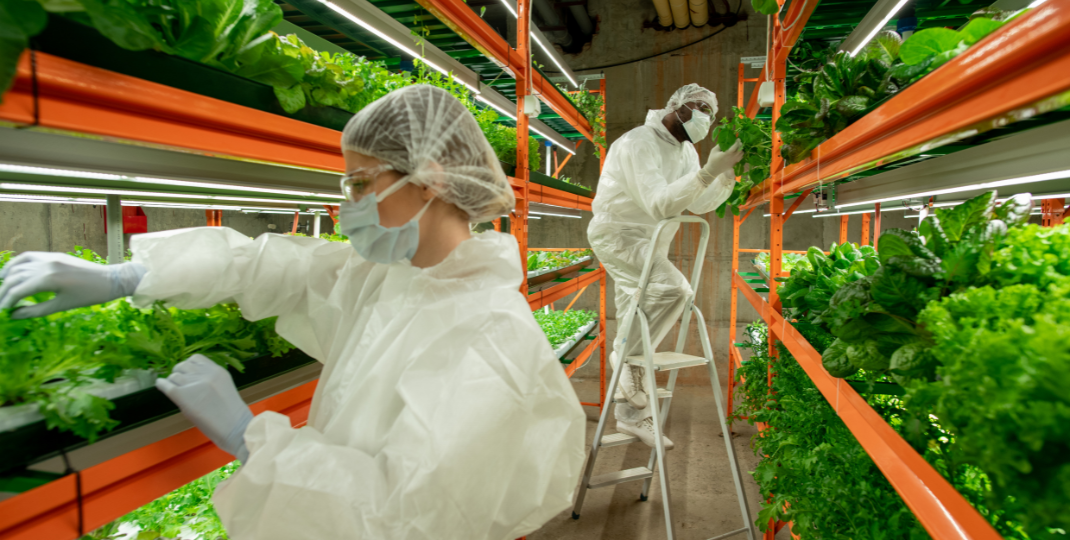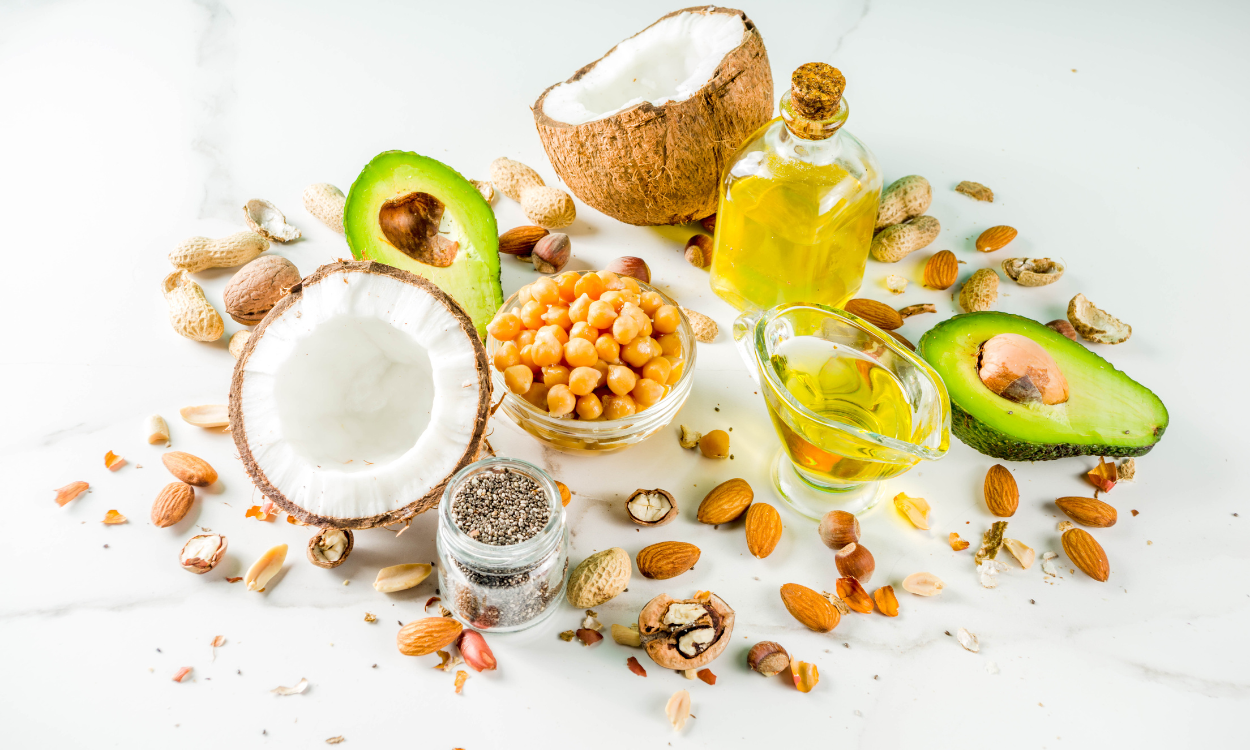Microalgae are a diverse group of photosynthetic microorganisms that play a vital role in marine ecosystems and have garnered significant attention for their potential use in sustainable biofuel production. One key aspect of microalgae metabolism that has been the focus of much research is lipid biosynthesis, as lipids serve as energy storage molecules and can be converted into valuable products such as biofuels and high-value chemicals. Understanding the molecular mechanisms that control lipid biosynthesis in microalgae is crucial for optimizing lipid production and improving the overall efficiency of biofuel production processes. In this review, we will explore the current state of knowledge on the molecular pathways and regulatory factors involved in lipid biosynthesis in microalgae.
Exploring the Enzymes Involved in Regulating Lipid Biosynthesis in Microalgae
Specific enzymes involved in regulating lipid biosynthesis in microalgae include acetyl-CoA carboxylase (ACC), fatty acid synthase (FAS), and diacylglycerol acyltransferase (DGAT). ACC catalyzes the formation of malonyl-CoA, a key precursor in fatty acid synthesis. FAS then utilizes malonyl-CoA to synthesize fatty acids, which are further converted into triacylglycerols by DGAT. These enzymes play a crucial role in controlling the flux of carbon towards lipid production in microalgae, making them important targets for metabolic engineering strategies aimed at increasing lipid yields for biofuel production.

How do environmental factors, such as light intensity and nutrient availability, influence lipid biosynthesis in microalgae?
Environmental factors such as light intensity and nutrient availability play a crucial role in influencing lipid biosynthesis in microalgae. Light intensity directly affects photosynthesis, which is the primary pathway for lipid production in microalgae. Higher light intensity can lead to an increase in lipid content as it enhances the photosynthetic activity of the microalgae. Additionally, nutrient availability, such as nitrogen and phosphorus, also influences lipid biosynthesis by providing essential building blocks for lipid production. Limited nutrient availability can result in a decrease in lipid content as the microalgae prioritize other cellular processes over lipid accumulation. Therefore, optimizing light intensity and ensuring adequate nutrient supply are important strategies to enhance lipid biosynthesis in microalgae for various biotechnological applications.
What signaling pathways are activated to initiate lipid biosynthesis in microalgae?
In microalgae, the initiation of lipid biosynthesis is mediated by several signaling pathways, including the target of rapamycin (TOR) pathway, the AMP-activated protein kinase (AMPK) pathway, and the mitogen-activated protein kinase (MAPK) pathway. These pathways are activated in response to various environmental cues, such as nutrient availability and stress conditions, and ultimately converge to regulate the expression of key enzymes involved in lipid biosynthesis, such as acetyl-CoA carboxylase and fatty acid synthase. Additionally, the transcription factors involved in lipid biosynthesis, such as sterol regulatory element-binding proteins (SREBPs), are also regulated by these signaling pathways to further promote lipid accumulation in microalgae.
How do different species of microalgae vary in their lipid biosynthesis pathways?
Different species of microalgae vary in their lipid biosynthesis pathways due to differences in the enzymes and metabolic processes involved in synthesizing lipids. Some species may have unique genetic characteristics that allow them to efficiently produce and accumulate lipids, while others may prioritize other cellular functions over lipid production. Additionally, environmental factors such as light intensity, nutrient availability, and temperature can also influence lipid biosynthesis pathways in microalgae, leading to variations in lipid content and composition among different species. Ultimately, understanding these variations can help researchers optimize lipid production in microalgae for various biotechnological applications, such as biofuel production or pharmaceuticals.
What role do transcription factors play in regulating lipid biosynthesis in microalgae?
Transcription factors are proteins that can bind to specific DNA sequences in the promoter regions of genes involved in lipid biosynthesis in microalgae. By binding to these DNA sequences, transcription factors can either activate or repress the expression of those genes, ultimately regulating the production of lipids in the microalgae. This regulation is essential for controlling the balance between lipid accumulation and other cellular processes, such as growth and reproduction, in response to environmental cues and cellular signals. Additionally, transcription factors can also interact with other regulatory proteins and signaling pathways to fine-tune lipid biosynthesis in microalgae, making them key players in the overall control of lipid metabolism in these organisms.

Are there any feedback mechanisms that control lipid biosynthesis in microalgae?
Yes, there are feedback mechanisms that control lipid biosynthesis in microalgae. One such mechanism is the regulation of enzyme activity involved in lipid synthesis by the availability of substrates and cofactors. For example, acetyl-CoA carboxylase, a key enzyme in fatty acid synthesis, is regulated by the levels of malonyl-CoA, which is an intermediate in the fatty acid biosynthesis pathway. Additionally, the expression of genes involved in lipid biosynthesis can be regulated by feedback mechanisms, such as transcription factors that are activated or inhibited by the levels of lipids in the cell. These feedback mechanisms help microalgae to regulate lipid production in response to changes in environmental conditions and nutrient availability.
How do lipid metabolism pathways interact with other metabolic processes in microalgae?
Lipid metabolism pathways in microalgae play a crucial role in energy storage and membrane structure, but they also interact with other metabolic processes within the cell. For example, lipids can be used as a source of energy through beta-oxidation, which produces acetyl-CoA that can then enter the citric acid cycle for further energy production. Additionally, lipids can be converted into other compounds such as carbohydrates or amino acids through various biosynthetic pathways, providing flexibility in responding to different environmental conditions. Lipid metabolism also intersects with carbon fixation in photosynthesis, as the production of lipids requires carbon dioxide as a substrate. Overall, lipid metabolism pathways in microalgae are interconnected with various metabolic processes, allowing for efficient utilization of resources and adaptation to changing growth conditions.
What are the key regulatory nodes in the lipid biosynthesis pathway of microalgae?
Key regulatory nodes in the lipid biosynthesis pathway of microalgae include enzymes such as Acetyl-CoA carboxylase (ACC) and fatty acid synthase (FAS), which are responsible for the production of fatty acids from acetyl-CoA. Additionally, enzymes like glycerol-3-phosphate acyltransferase (GPAT) and diacylglycerol acyltransferase (DGAT) play crucial roles in the synthesis of triglycerides, which are the main storage form of lipids in microalgae. These enzymes are tightly regulated at the transcriptional and post-translational levels by various factors such as light intensity, nutrient availability, and metabolic intermediates, ensuring that lipid biosynthesis is finely tuned to meet the energy and storage needs of the cell.
The intricate control of lipid biosynthesis in microalgae: Unraveling the molecular mechanisms
In conclusion, lipid biosynthesis in microalgae is a complex process that is tightly regulated by various molecular mechanisms. These include the regulation of enzymes involved in fatty acid and lipid synthesis, as well as the control of metabolic pathways that contribute to lipid accumulation. Understanding these molecular mechanisms is crucial for optimizing lipid production in microalgae for applications such as biofuel production and biotechnology. Further research into the intricate interplay of regulatory pathways governing lipid biosynthesis in microalgae will continue to provide valuable insights for enhancing lipid productivity in these organisms.
